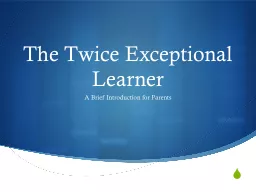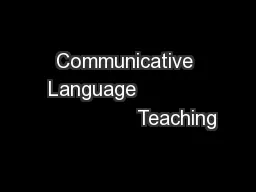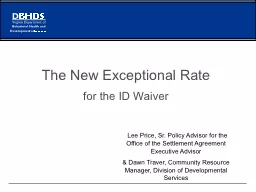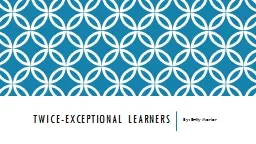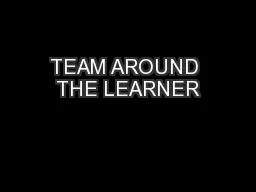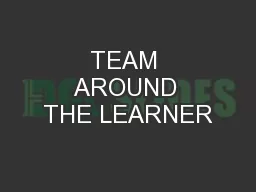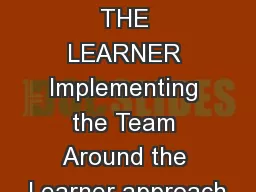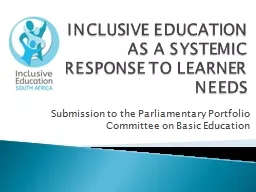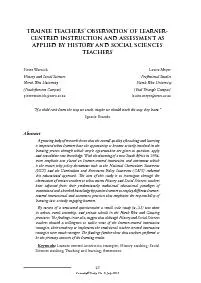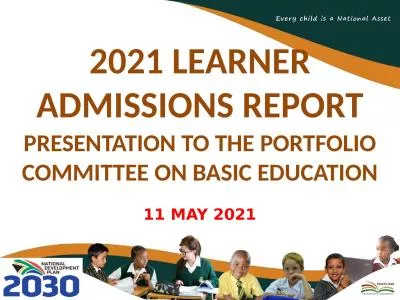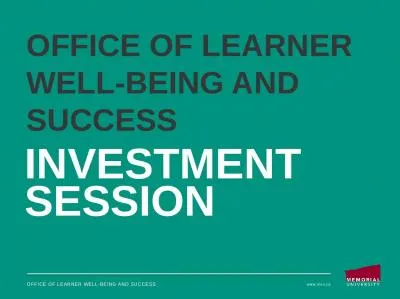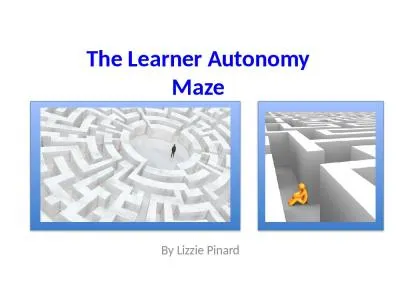PPT-The Twice Exceptional Learner
Author : danika-pritchard | Published Date : 2016-10-16
A Brief Introduction for Parents What Twice Exceptional Means Generally speaking twiceexceptional 2e learners meet the criteria for both giftedness as well as learning
Presentation Embed Code
Download Presentation
Download Presentation The PPT/PDF document "The Twice Exceptional Learner" is the property of its rightful owner. Permission is granted to download and print the materials on this website for personal, non-commercial use only, and to display it on your personal computer provided you do not modify the materials and that you retain all copyright notices contained in the materials. By downloading content from our website, you accept the terms of this agreement.
The Twice Exceptional Learner: Transcript
Download Rules Of Document
"The Twice Exceptional Learner"The content belongs to its owner. You may download and print it for personal use, without modification, and keep all copyright notices. By downloading, you agree to these terms.
Related Documents

